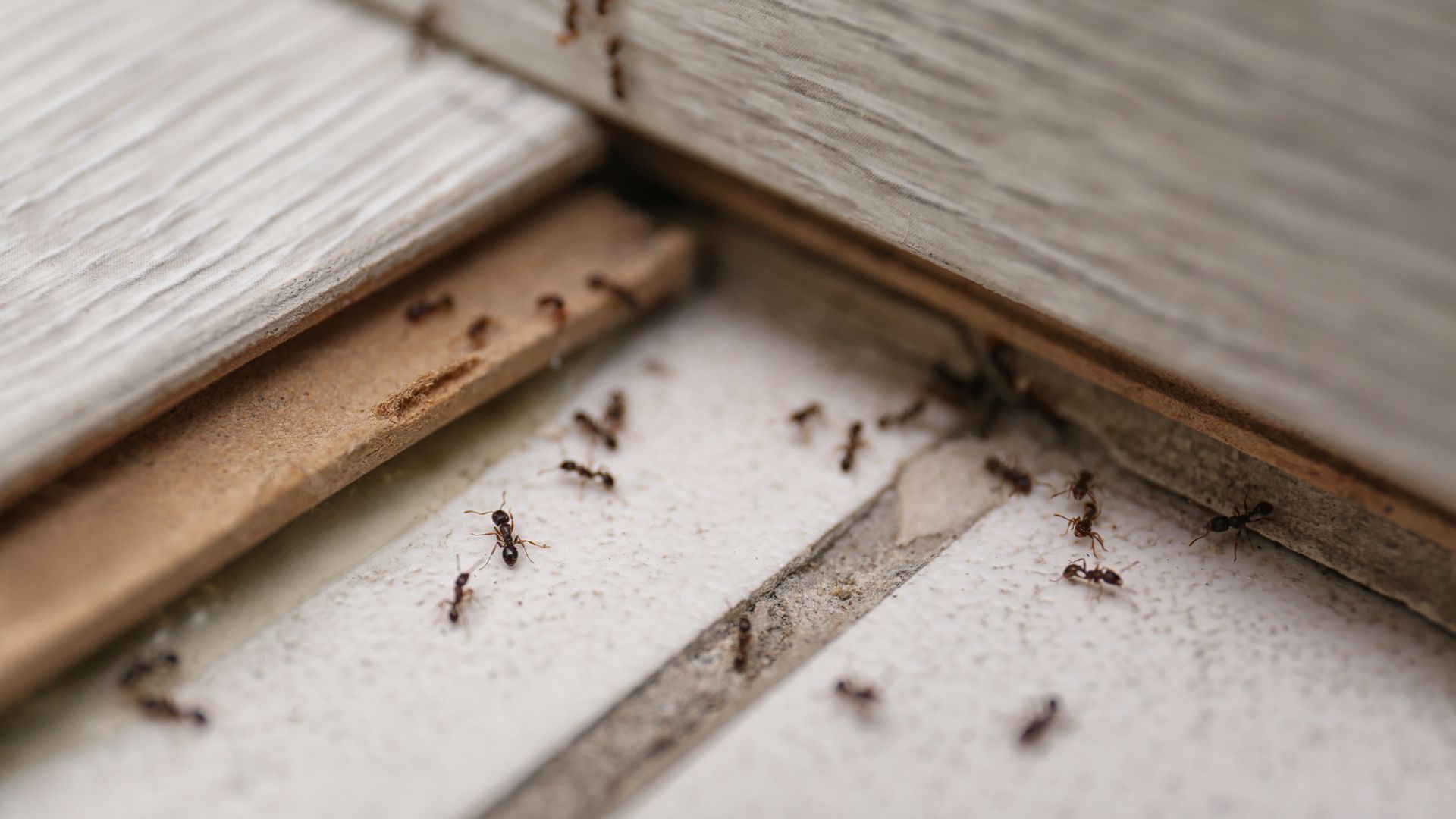Tackling Broadleaf Weeds in Zero-Scapes
As the cooler months of fall settle in, residents of Las Vegas are presented with a prime opportunity to tackle pesky weeds that threaten the beauty and health of their desert landscaping. Zero-scapes, which are low-maintenance, water-efficient alternatives to traditional lawns, can still fall victim to invasive weed species like broadleaf weeds. In this blog, we'll discuss the importance of fall weed control and the specific weeds common to the Las Vegas area, with a focus on protecting your zero-scape.
Why Fall Weed Control is Crucial in Zero-Scapes
Weeds are opportunistic and can grow in the toughest conditions—even in a well-planned zero-scape. Fall presents an ideal time for weed control because weeds often become more visible as temperatures drop and rain becomes more frequent. By addressing them now, you can prevent them from developing deeper root systems and spreading seeds, which leads to more aggressive growth in the spring.
Common Weeds in Las Vegas Zero-Scapes
Here are some of the most persistent weeds you’re likely to encounter in your Las Vegas desert landscaping:
1. Broadleaf Weeds Broadleaf weeds like dandelions and filaree are notorious for popping up in zero-scapes. They can be tricky because they thrive in both compacted soil and areas with good water retention—exactly the type of mixed conditions found in many zero-scape gardens. Their wide leaves and deep root systems allow them to outcompete native plants for nutrients and water.
2. Russian Thistle (Tumbleweed) This iconic desert weed is not just a nuisance; it can become a fire hazard when it dries out. Russian thistle establishes itself quickly and spreads seeds across large areas, often finding a foothold in the gravel or rock of a zero-scape.
3. Redstem Filaree Redstem filaree is a winter annual weed that thrives in fall and early winter. It produces small, delicate flowers, but don't let their appearance fool you—filaree can quickly overrun a zero-scape. Its seeds are carried by wind and animals, meaning you can see them sprout even if you've never had them before.
4. Puncturevine (Goathead) Puncturevine is infamous for its thorny seeds, which can be painful to both people and pets. This weed is incredibly hardy and spreads along the ground, making it tough to control without vigilant treatment. Its ability to grow in the harshest conditions makes it a common problem in desert landscapes.
Effective Weed Control Methods for Zero-Scapes
1. Pre-Emergent Herbicides Fall is the perfect time to apply pre-emergent herbicides, which work to prevent weeds from sprouting in the first place. These are especially effective in controlling broadleaf weeds and other invasive species before they get a chance to establish themselves. Products like prodiamine or pendimethalin can stop seeds from germinating, keeping your zero-scape weed-free through the winter.
2. Targeted Post-Emergent Treatments If weeds have already started to appear, post-emergent herbicides can help you control them. Look for herbicides designed for broadleaf weed control, which will specifically target these types of plants without harming the rest of your zero-scape. Make sure to apply these treatments on a calm, dry day to avoid spreading the chemicals to desirable plants.
3. Manual Removal Although manual removal can be time-consuming, pulling weeds by hand is sometimes necessary for smaller zero-scapes or in cases where weeds are resistant to herbicides. Be sure to remove the entire root system, especially for deep-rooted plants like dandelions and puncturevine. This helps prevent regrowth and reduces seed spread.
4. Mulching with Gravel or Rock One of the advantages of zero-scaping is the ability to use gravel or rocks as mulch, which can act as a natural barrier to weed growth. Ensure your mulch layer is thick enough (at least 2–3 inches) to prevent weed seeds from taking root. Periodically check the mulch for signs of weeds, and address any that break through promptly.
5. Proper Irrigation Over-irrigation can encourage weed growth. Ensure your zero-scape is irrigated according to the specific water needs of your plants. Drip irrigation systems are highly recommended for zero-scapes because they deliver water directly to the plants, leaving the surrounding areas dry, which discourages weed growth.
Conclusion
Fall weed control is essential for maintaining the aesthetic appeal and health of your desert landscaping. By targeting broadleaf weeds and other common invaders like Russian thistle and puncturevine early, you can protect your zero-scape from becoming overrun. Whether through the use of herbicides, manual removal, or mulching, staying proactive in the fall will save you time and effort come spring.
If you're unsure about how to handle weed control in your zero-scape or need professional assistance, Anderson Pest Control is here to help. Our experienced team specializes in desert weed management and can tailor a solution that keeps your landscape weed-free all year round. Contact us today for more information!

